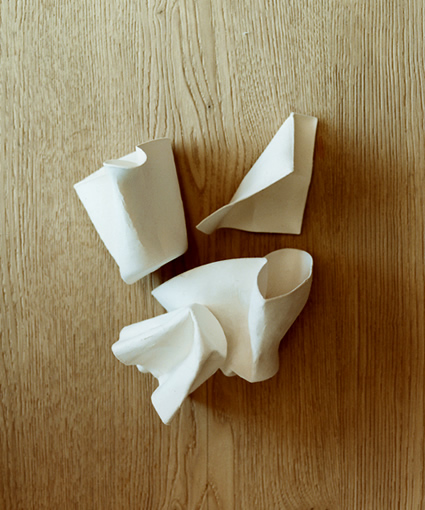Hi, long time no see!
It has been a bit quiet here, but since today is the start of Tokyo Mercedes-Benz Fashion Week AW15, and I am attending a few shows, I figured this is a good moment to re-activate the blog and, myself. I’ve been very busy, and I also paid a month long visit to Finland back in December, but am now back in Tokyo, ready for spring and ready for new discoveries!
So, today and the TMBFW started with the Stretsis AW15 show at the wonderful Hikarie building in Shibuya. Stretsis (‘sisters’ spelled backwards), is a romantic and feminine ready-to-wear line for women, designed by Pim Sukhauta. She started the brand officially in 2002, after graduating from the Parsons School of Design. The core of the brand is sisterhood, and the strong bond between Pim, her older sister Kly and younger sister Matina. They are all involved with the brand, with Kly taking care of marketing, and Matina designing accessories.
The 70’s vibe is all over the catwalks currently (and I’m loving it!), and so it was also in the Stretsis show. The theme was fairytale like, magical forest, where these ethereal fairies would glide amongst the flowers and mingle with cute animals of the forest. The Stretsis take on the 70’s was the romantic one: flowers, frills, pastels, embroideries, chiffons, billowy dresses. For me personally, the brand is maybe bit too ‘young’, as the color scheme and materials are very girly and ‘kawaii’, but I did love the silhouettes and the details. I’ve had my mind on the 70’s flare pants for a moment now, and Stretsis had some pretty nice proportions for these. There was also another nice blast from the past – the head scarf. A very simple idea, but after a 20 year absence (it remember this being a trend in the 90’s as well), it feels very fresh. I for one will definitely cover my locks with some nice scarfs this summer! Below are some of my favorite looks from the collection.
All images below except for the last one via
































